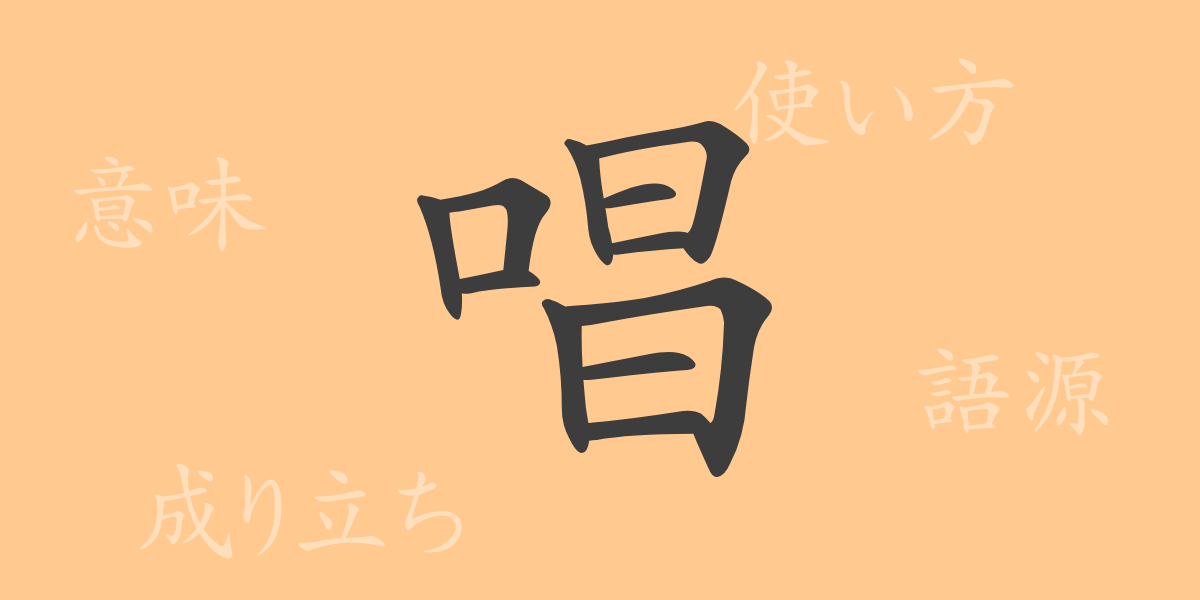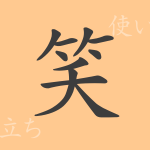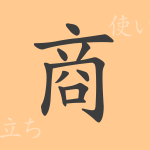The beauty and complexity of the Japanese language are often expressed through its kanji. This article spotlights the kanji “唱(しょう),” a commonly used character in Japanese, and delves into its allure and history. From everyday conversations to academic texts, “唱(しょう)” is used in a variety of settings, and this exploration will uncover the meanings, origins, and uses behind this kanji, helping us rediscover the richness of the Japanese language.
Origins of 唱(しょう)
The kanji “唱(しょう)” originated from ancient Chinese seal script, initially depicting the act of opening the mouth to emit sound. It was symbolized by the combination of the mouth radical and an element representing sound, evolving to mean ‘to chant’ or ‘to sing’. Over time, its form has changed to the current “唱(しょう),” yet the fundamental concept of vocalizing remains, making it a key character for expressing vocal actions.
Meaning and Usage of 唱(しょう)
The kanji “唱(しょう)” primarily denotes vocally expressing words, especially with a musical element, as seen in terms such as “唱歌(しょうか),” which refers to songs sung in schools, and “唱える(となえる),” meaning to recite prayers or spells. It is also used metaphorically in phrases like “主張を唱える,” which means to assert an opinion or idea emphatically.
Pronunciation, Stroke Count, and Radical of 唱(しょう)
Understanding the pronunciation and structural elements of “唱(しょう)” can deepen our grasp of the Japanese language:
- Pronunciation: The on’yomi (音読み) is “ショウ,” and the kun’yomi (訓読み) includes “とな・える.”
- Stroke Count: “唱(しょう)” comprises 11 strokes.
- Radical: It belongs to the ‘口部(くちへん)’ radical, associated with the mouth.
Phrases and Idioms Using 唱(しょう) and Their Meanings
“唱(しょう)” is featured in many idioms and phrases, each reflecting cultural backgrounds and Japanese thought, enriching the language’s depth:
For instance, “一唱三嘆(いっしょうさんたん)” describes a profound emotion expressed upon singing a song, reflecting deep admiration. “和を以て貴しと唱える” symbolizes the Japanese spirit of valuing harmony over conflict. “唱和(しょうわ)” refers to singing together, emphasizing the importance of cooperation and harmony.
Summary on 唱(しょう)
The kanji “唱(しょう)” embodies the richness of Japanese culture and language through its history, meanings, and applications in Japanese. The act of vocal expression, fundamental to human communication, is pivotal, and this character teaches its significance. This exploration into “唱(しょう)” reacquaints us with its power and beauty, enhancing our understanding of the Japanese language.

























